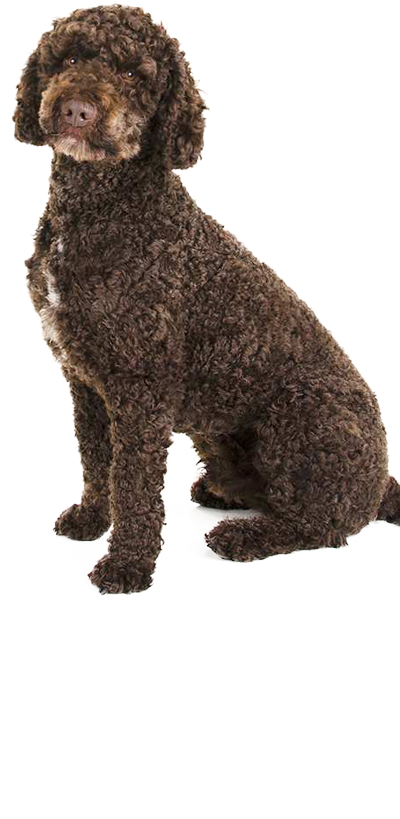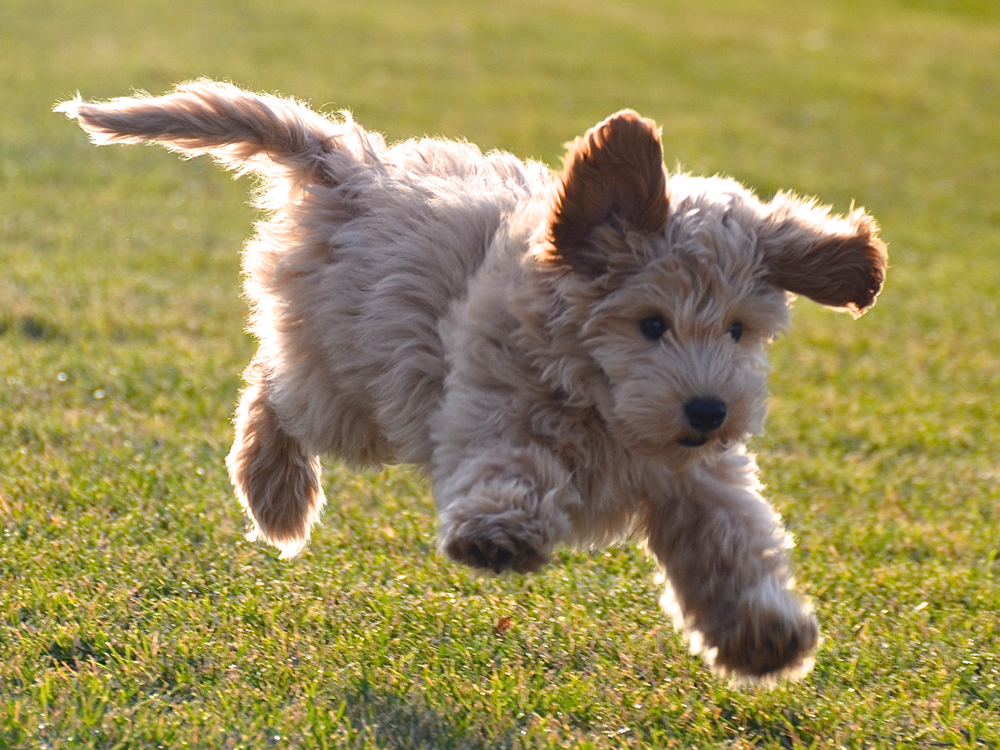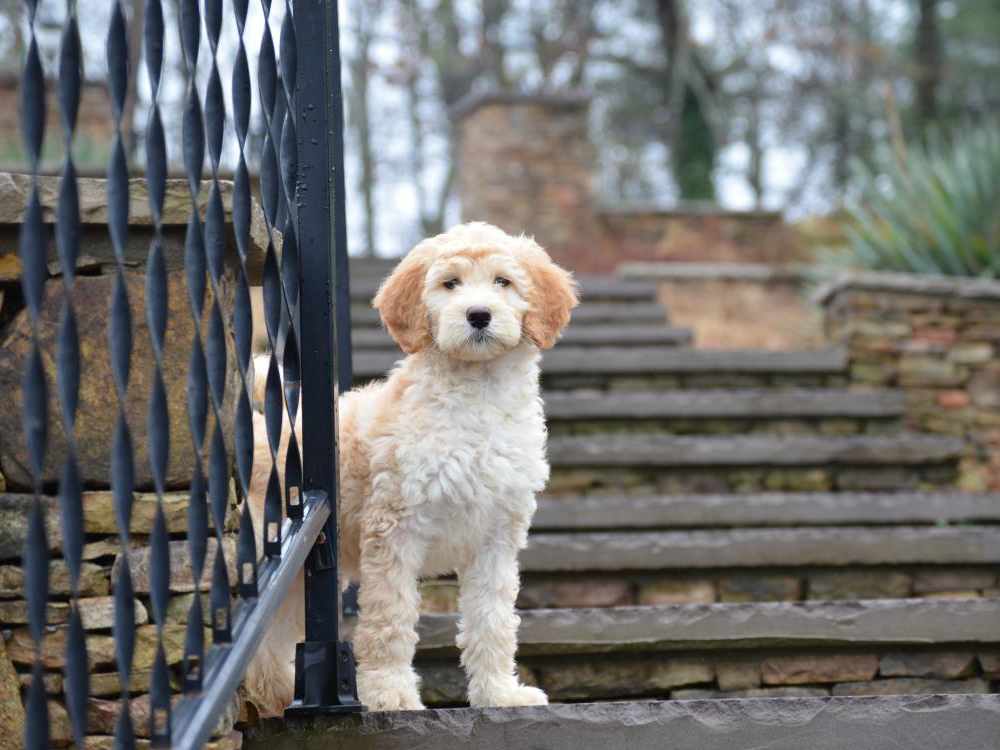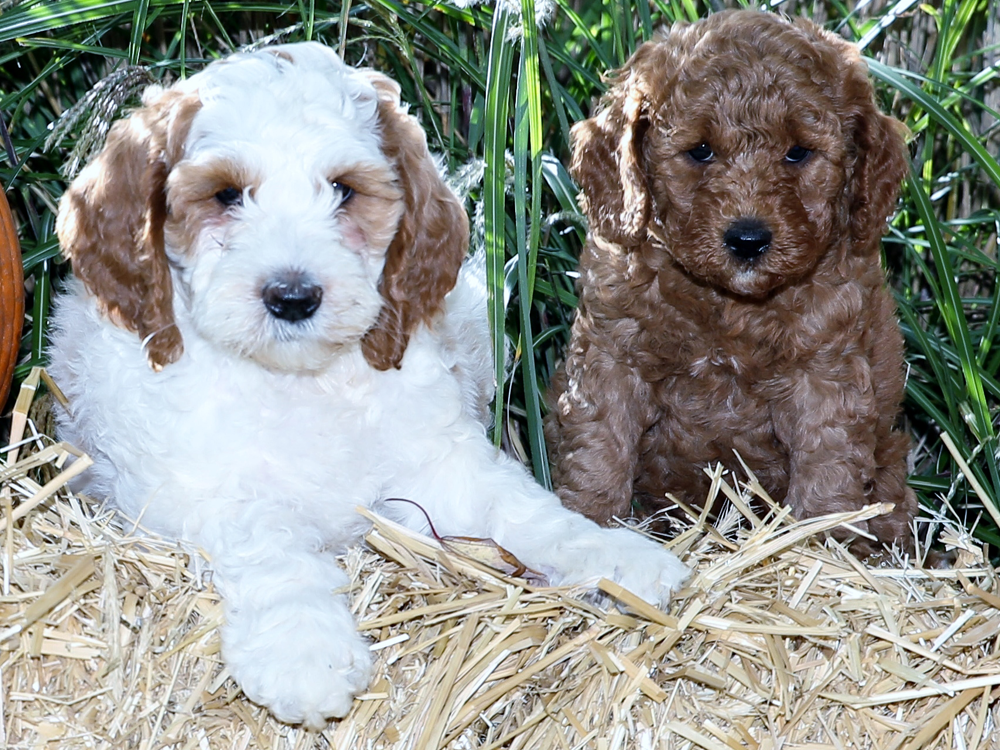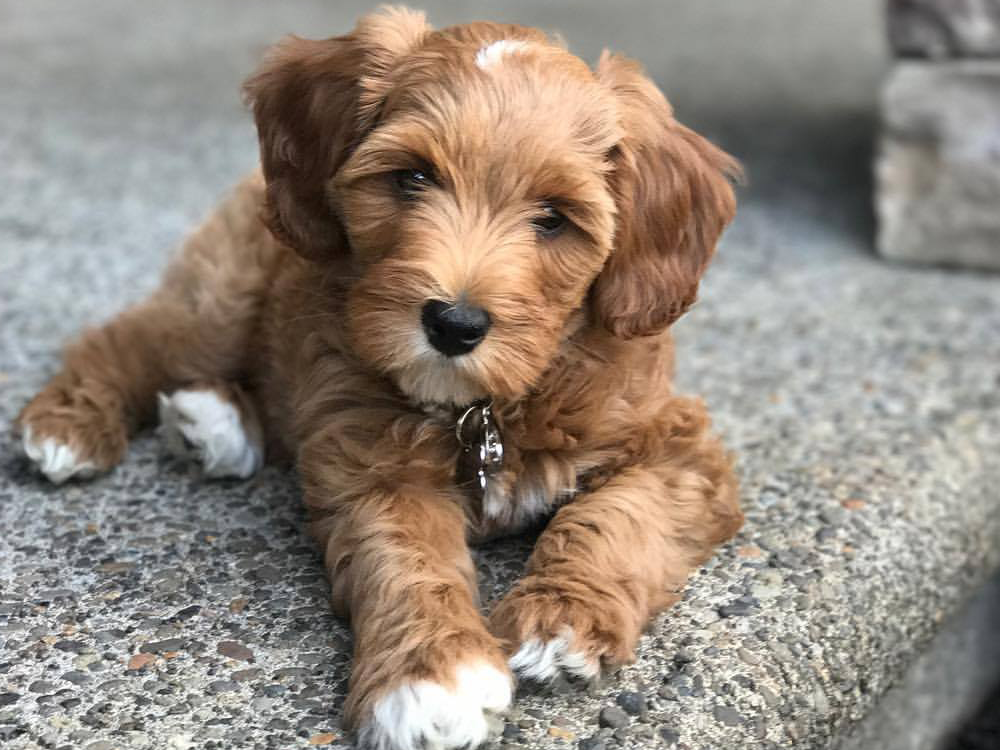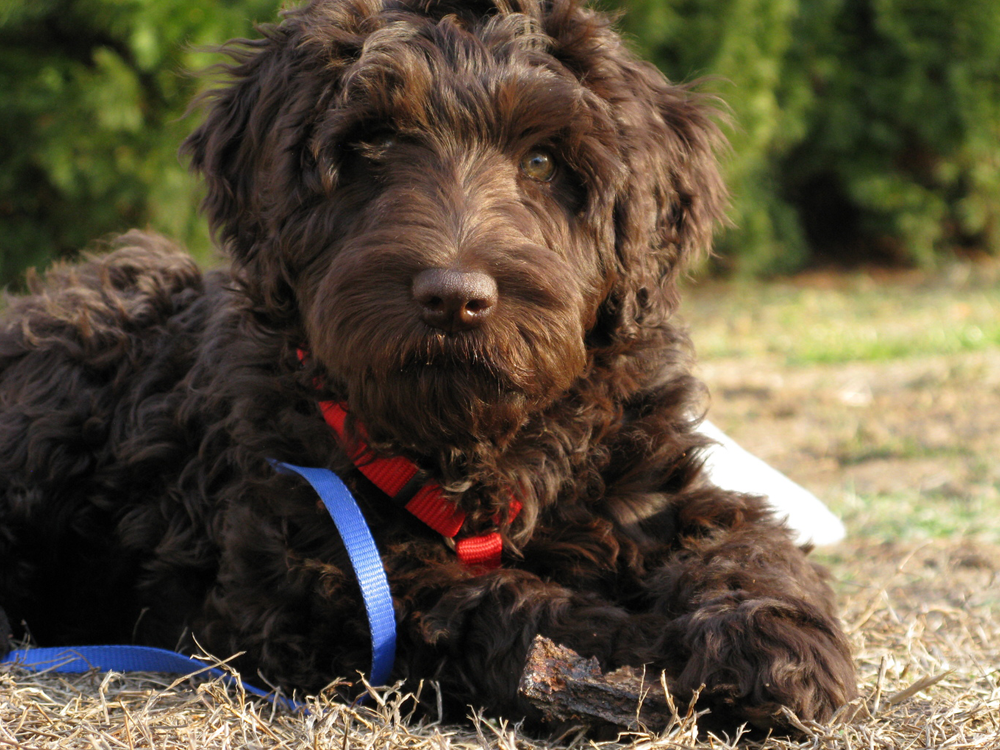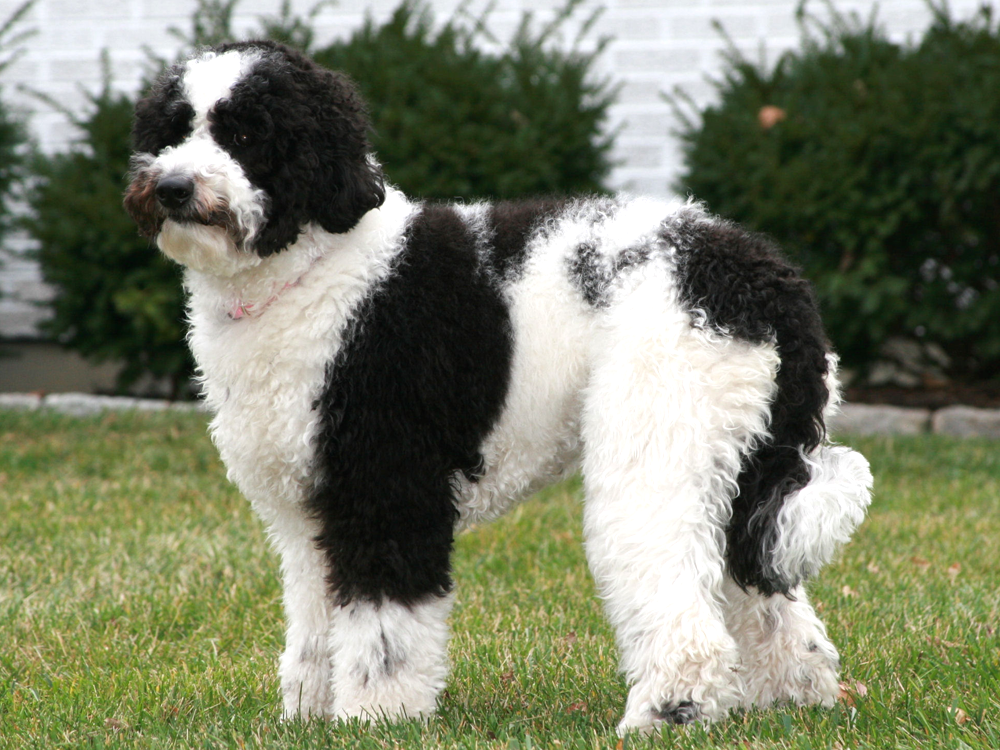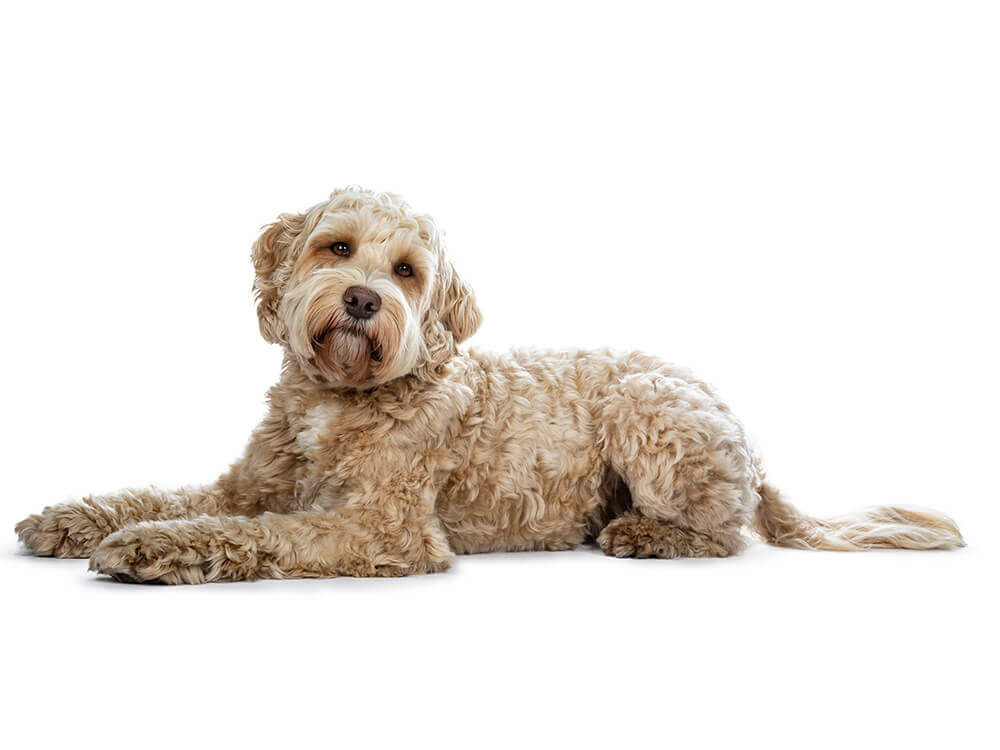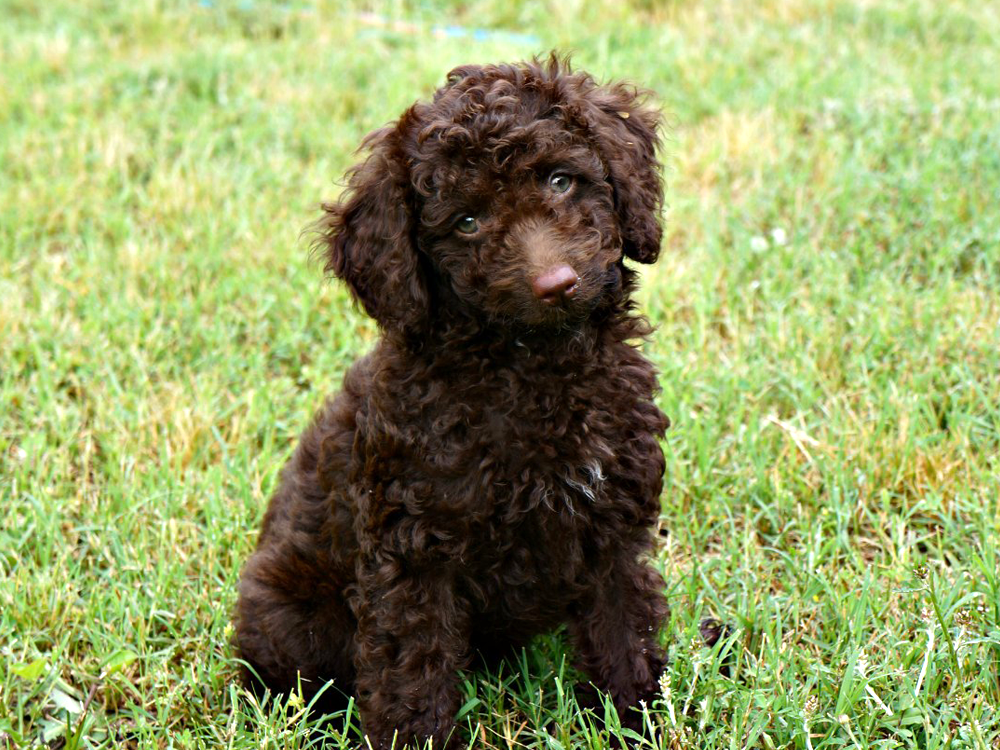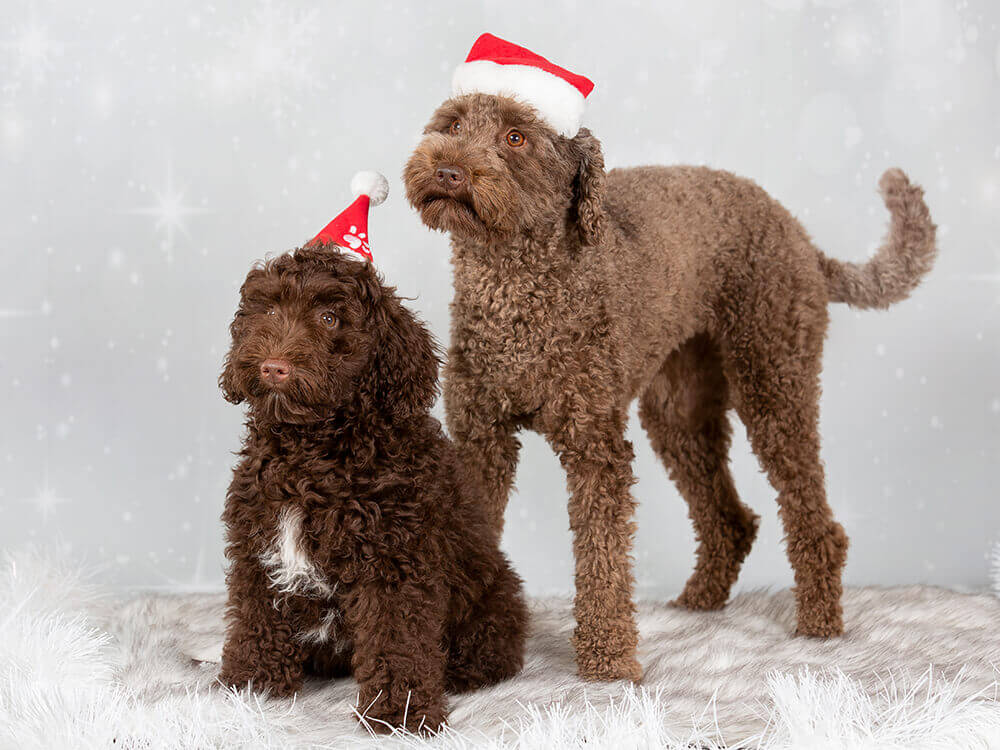
Labradoodle Breed Pictures
Vital Breed Stats
| Height: | 30 - 65 cm M | 25 - 63 cm F |
| Weight: | 5 - 38 kg M | 4 - 36 kg F |
| Life Expectancy: | 11 - 14 years |
| KC Registered: | No |
Breed Characteristics
| Size: |  |
| Grooming: |  |
| Exercise Level: |  |
| Barking Level: |  |
| Good with Children: |  |
| Good with other pets: |  |
| Affectionate: |  |
| Protective: |  |
| Cost to Keep: |  |
Give a thumbs up if you love the Labradoodle

0
More About the Breed
History
The Labradoodle is believed to have been first bred in Australia in 1988 in the hopes of creating a highly trainable and hypoallergenic guide dog. The first successful cross between a Labrador Retriever and a Standard Poodle was done by Wally Conron at the Royal Guide Dogs Associations of Australia in Victoria. It produced a dog named Sultan, which became a guide dog for a woman in Hawaii for a decade.
Because of its trainability, gentle nature and cute appearance, it quickly became a sought-after breed both as a guide dog and family companion. It is also currently being used as a therapy and assistance dog. Labradoodles are usually produced by crossing a Labrador Retriever and a Poodle. However, multigenerational breeding has been done to hopefully produce a workable and recognisable breed. Since it is still considered a hybrid, the Labradoodle is not recognised by The Kennel Club. However, the Labradoodle Club in the UK (UKLA) serves as the regulatory organisation to maintain good breeding practices.
Appearance
Like most hybrids with parents that differ in size and looks, predicting the overall appearance and adult size of the Labradoodle is quite difficult. In fact, puppies in one litter could look totally different also based on colours and coat quality.
Doodles can be small, medium or large in size, often divided into three sizes:
- Miniature: average size of 36 to 40 centimetres and 15 to 24 pounds
- Medium: average size of 43 to 50 centimetres and 29 to 40 pounds
- Standard: average size of 53 to 61 centimetres and 48 to 64 pounds
- The fleece coat, which tends to be long and can be straight or wavy. This type is low shedding and often described as an Angora coat texture that is silky.
- The wool coat, which is made up of tight curls, taking after the Poodle. This type is virtually non-shedding and hypoallergenic.
- The hair coat, which is the least popular and often seen in first-generation Labradoodles. It takes after the Labrador Retriever so it sheds profusely all year round.
Grooming
Temperament
Intelligence
Nutrition
- Senior and less active: up to 990 calories daily
- Typical adults: up to 1,100 calories daily
- Physically active/working dogs: up to 1,200 calories daily
Feeding
Health
Exercise
Cost of Ownership
Although it is not a full-fledge pedigree breed, a well-bred Labradoodle puppy costs around £600 to over £900. The expenses in caring for a Labradoodle is much like that of any pedigree breed because any dog, regardless if purebred or crossed need to be treated with the same love. For instance, it also requires high quality dog food, which will cost £30 to £40 a month, depending on its adult size. Buying basic equipment (crate, bowls, toys, bed, collar/leash, etc.) will cost around £200.
Another important yet expensive aspect of responsible dog ownership is veterinary care, which includes regular check-ups, initial vaccination and flea worming treatments, and booster shots. It could set you back up to £900 in a year especially when your pet requires neutering/spaying. This does not include treatments and/or hospitalisation when your dog gets sick, which is why pet insurance is important. Insuring your Labradoodle will cost you around £25 to £45 per month, depending on the coverage you select.
As a rough estimate, prepare to shell out around £60 to £90 a month to raise a Labradoodle.
Labradoodle Breed Highlights
- The Labradoodle is an intelligent, gentle and people-pleasing dog.
- Since there are no breed standards, it comes in varying sizes, colours and overall physical characteristics.
- It is not registered with The Kennel Club.
- Grooming depends on coat length and texture.
- It needs a minimum 1 hour’s worth of exercise per day.
